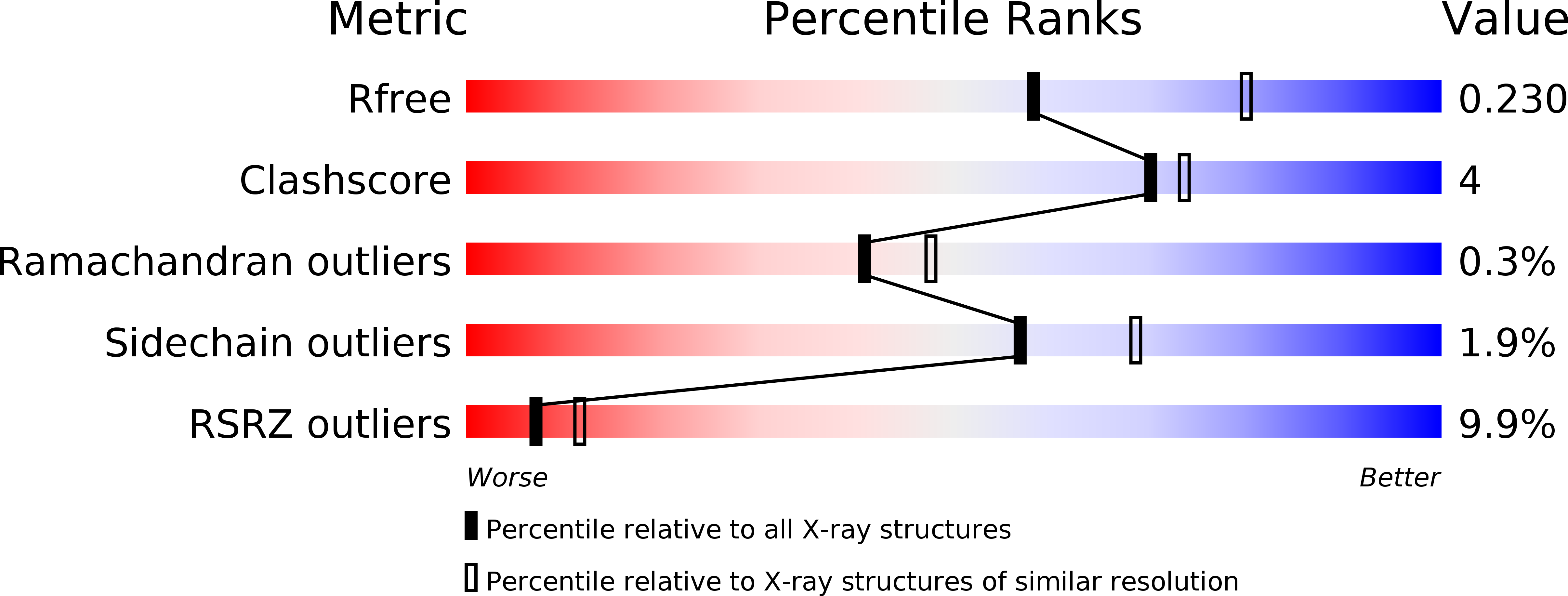
Deposition Date
2013-09-05
Release Date
2013-10-02
Last Version Date
2024-05-08
Entry Detail
PDB ID:
4C4N
Keywords:
Title:
Crystal structure of the Sonic Hedgehog-heparin complex
Biological Source:
Source Organism:
MUS MUSCULUS (Taxon ID: 10090)
Host Organism:
Method Details:
Experimental Method:
Resolution:
2.36 Å
R-Value Free:
0.23
R-Value Work:
0.20
R-Value Observed:
0.20
Space Group:
P 21 21 2


